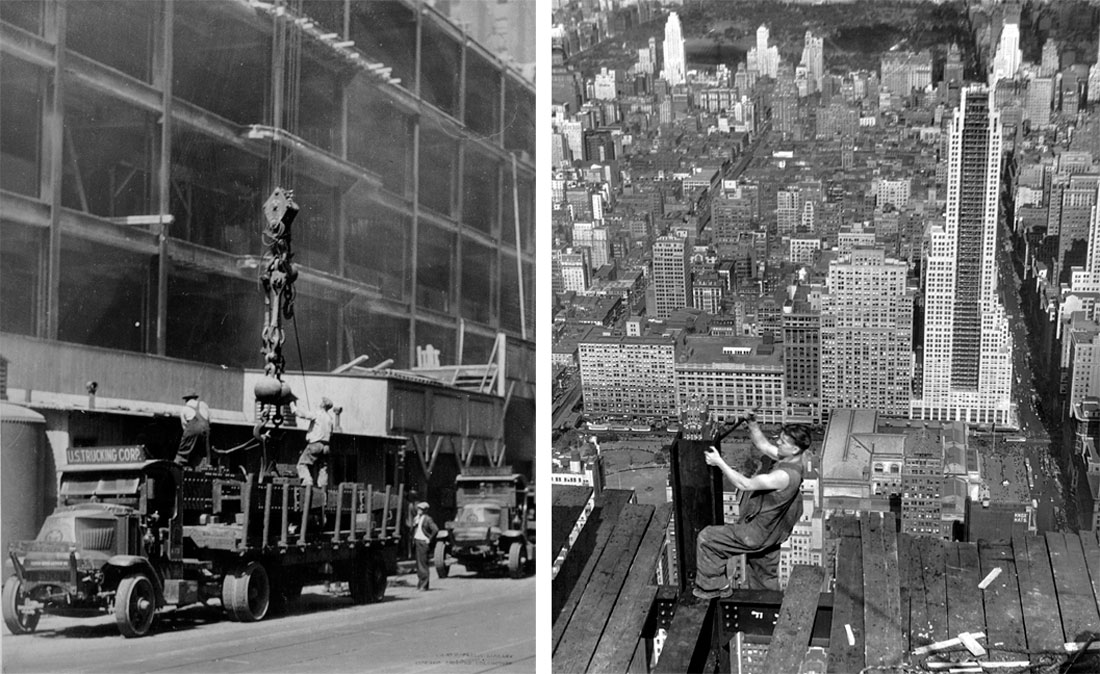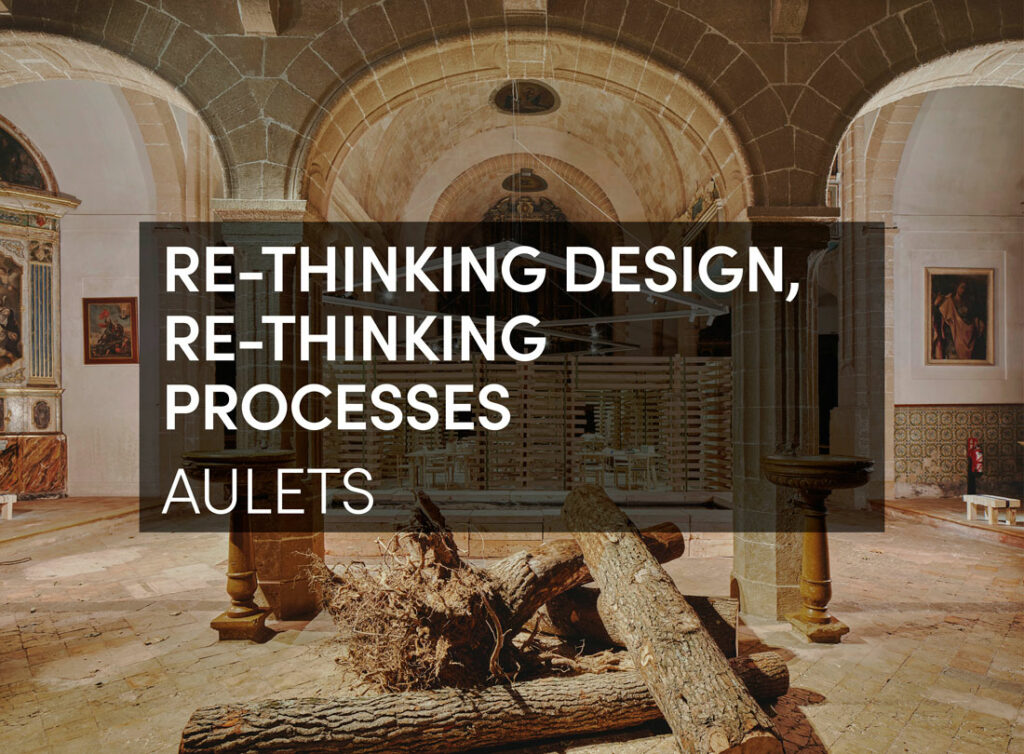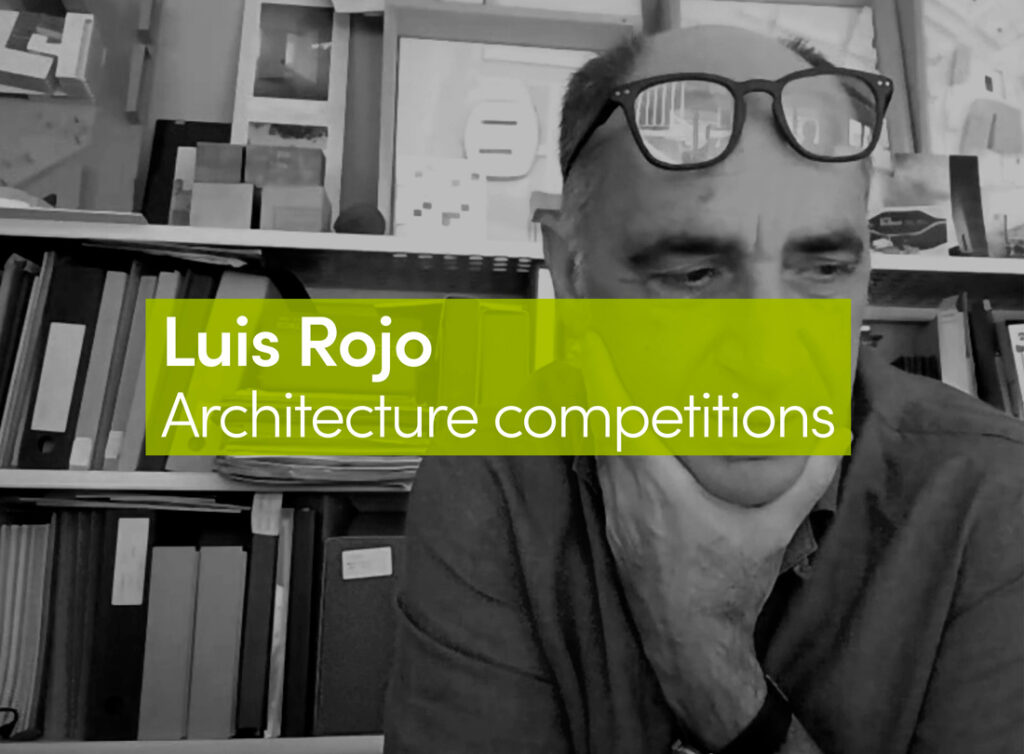Architecture has multiple states. From thermodynamic to political to the geographic states, a central assumption of this book is that these varied states of architecture are inextricably, but often unwittingly, linked through design and building. For any designed organization of matter, energy, and territory, state—in its manifold meanings—should be a central matter of concern. This chapter claims that the inherent act of state-building, although largely ignored and externalized today, should be intrinsic to the constitution of architecture. Whether in thermodynamic terms or terms of political economy, matter, energy, and territory are key state variables of building. As such, this chapter considers the evolving—yet always convergent—geographic, thermodynamic, and political states of the Empire State Building plot.
Geographic States
As the last chapter established, building transforms both near and far environments in known and unknown ways. The empire and territory of building attains additional significance in the context of the states of architecture and state-building. The significance of this empire is heightened further when our concern shifts from individual instances to the collective act of building in any period. Building, in this sense, is always state-building.
The inherent reciprocity of state-building should not be underestimated. As Fernand Braudel noted, “The great cities had their faults and their virtues. They created, let us repeat, the modern state, as much as they were created by it.”[1] Urbanization made the modern state and was transformed by it. Building is a major actor in this dynamic. So it repays to plot building: first as a means to grasp its geographic state and, second, to better grasp the state of architecture and its role in this dynamics.
With the plot of the Empire State Building, the spatial evolution of building as an urbanization process becomes more readily apparent as it is mapped. It is perhaps harder to so quickly apprehend the temporal evolution—the evolving velocity and momentum—of building, but this is an exceptionally influential factor of the state of building. Fernand Braudel’s isochronic maps, which illustrate the relative amount of time letters took to reach Venice in the Middle Ages, provide context for the importance of velocity and momentum in a state.[2] Thus to become more properly aware of the geography—the territorial state—of building, an understanding of the speed and temporal evolution of urbanization must augment the territorial evolution of building on this plot. We should also grasp the thermodynamic state of building and its role in the constitution of architecture.
Thermodynamic States
To understand the thermodynamic states of building, we must first acknowledge a few first principles of energy systems and their general propensities. While architects generally consider thermodynamics—if they consider them at all—as a matter of small-scale thermal processes in building, a description of the state of building would necessarily include the thermodynamics of large-scale processes. Ecosystem science is the thermodynamics of large-scale systems and processes and as such is a primary framework for grasping the state of building. It is instructive to begin with the observations of population dynamist Alfred J. Lotka on the tendencies of energetics, or the behavior of energy systems, from an evolutionary perspective. Building on Ludwig Boltzmann’s insights about entropy and dissipation, Lotka’s focus was on the energy dynamics of living systems and the patterns of energy circulation in large-scale systems like species or populations.[3] He stated that
Natural selection will so operate as to increase the total mass of the organic system, to increase the rate of circulation of matter through the system, and to increase the total energy flux through the system, so long as there is presented an unutilized residue of matter and available energy.[4]
Importantly, as he and many others indicate, it is not possible to construe the planetary situation as lacking available energy, so the volume, rate, and flux of matter-energy specified by architects is essential to grasp.[5] The velocity of matter-energy in a system—how fast or slow, how much is stored, and how much is consumed—is a key indicator of system power. As such, even the plot of weight, movement, and duration of building becomes an important ecological and thermodynamic indicator of the state of building. Cycles of obsolescence or persistence, for instance, are one way the state of building is otherwise comprehended in architecture. But architects readily capitulate to these larger-scale dynamics, at the expense of design and the state of building. Other frameworks are necessary to grasp the overall thermodynamic state of building.
The systems ecologist Howard T. Odum built on Lotka’s work and applied it to ecological systems throughout his career. One of Odum’s primary observations was that “during self-organization, system designs develop and prevail that maximize power intake, energy transformation and those uses that reinforce production and efficiency.”[6] Odum provides finer criteria for the (optimal) state of the system. He observes that self-organized processes—such as building in the collective sense of the term—tend to behave in specific ways. It does not matter if it is a forest or the population of a competing species, large-scale systems operate with a triad of tendencies: they intake maximum power, and they transform that power in the most powerful ways possible, and finally, they feedback power in the powerful way possible. In entirely unwitting ways, architects eventually do this through design and specifications. One aim, though, of grasping the thermodynamic state of building is to push building in both individual instances and as a process of urbanization towards these optimal states, rather than blindly perpetuating various calls for the unsubstantiated efficiencies that dominate current matter-energy agendas in architecture.
So it must be noted that efficiency had a very specific meaning for Odum. As Odum and his early colleague Richard Pinkerton note about efficiency, “natural systems tend to operate at that efficiency which produces a maximum power output.”[7] There is only one type of efficiency that matters for the state of building: that which produces maximum power. The message for designers is clear enough: take care of power and the necessary efficiencies will take care of themselves.
Where Lotka is explicit about the velocity of a system, Odum was more explicit about the role of transformation. “A transformation is useful,” Odum noted “only if it is to a higher quality that can amplify more with less energy. Work will not become part of a real world system unless it includes transformation to a product that can reinforce another flow.”[8] This observation points to another important indicator of the state of building: the increased capacity to do work. This is very pertinent consideration for the state of building. Work considered in both explicit thermodynamic terms and its more general association with jobs ultimately tend to converge, although initially they may seem disparate.
Lotka and Odum do not argue for simple increases in material-energy flow in a system. That is not the core of their observations about how systems behave. The focus should be on the triad of tendencies described above: intake, transformation and feedback. The quantity of material or energy moving through the site is itself neither good nor bad from an ecological perspective. The amount and quality of material-energy associated with building is merely an indicator of its capacity to feed back into its system. The efficacy of use and feedback of that quantity must be established to begin to address the relative power and positive impacts of building. Only with this triadic understanding of system functions will architects grasp the state of building.
While architects can intuit the geographic state of building and its empire without rule, the thermodynamic state of building is generally less obvious to grasp. It is easy enough, however, to understand how building orchestrates the velocities of matter-energy circulation through construction and how, in turn, it orchestrates velocities of further matter-energy flux through use and demolition. Every building has a velocity and a momentum. Momentum is speed, direction and mass. This enriches Lotka’s observations and his focus on the mass and speed of matter-energy in a system. Direction, the vectorial dynamics of the system reveal much more than bulk mass alone. It is especially rich to consider direction geographically but also in terms of thermodynamics, as in, is a system headed towards or away from a more powerful state? Directionality and orientation help better evaluate the mass and speed of the system.
Velocity needs to be imagined, understood, and reasoned in design today as a state of building and, by extension, as a fundamental part of the constitution of architecture. One way to gauge these far-ranging questions is to discern the relative volume, weight, and speed of matter-energy circulating, or stored, in an urbanization process. It is likewise important to recognize, as Boltzmann, Lotka and Odum indicate, that large-scale systems strive for certain maximal power states, given available energy. Together their observations provide a clear sign of the ideal state of a powerful large-scale thermodynamic system. One of the most primary things to know about the thermodynamic state of a building, then, concerns the relative velocity of varied volumes of energy in that system. Which are fast, which are slow? Which are in circulation, which are in storage? Upon learning these answers, what is to be designed and how?
Energy Residency
Considering how matter-energy flows in building in its longer time frames (e.g., 100 years, 500 years, or 1000 years) points to another indicator of the state of building: the matter-energy residency time of a system. As ecologist Robert Ulanowicz notes, “There appear to be good reasons for believing that the time energy spends within an ecological system is a key indicator of the degree of maturity of the system.”[9] In the most immediate sense, matter-energy residency time suggests that durability, and the myriad of work and amortization associated therein, is a strong indicator of ecological efficacy. The massive amount of matter-energy required for construction generally suggests longer residency times but moreover suggests designs that are exergy and emergy-matched to appropriate matter-energy residency cycles. The momentum and residency time of a building are intimately related.
To continue to ignore these state variables of building and thus construe the thermodynamics of architecture as the means and ends of more “efficient” building would forfeit the profound implications that thermodynamics poses for the constitution of architecture today. Especially when applied to the question of building—not just a more powerful object building but building more powerful object-systems—the thermodynamics inherent to architecture become all the more valid and important.
Rather than just a set of closed system facts about the thermal modulation of a space, for instance, the state of building and civilization should be a central concern of building. The thermodynamics of architecture, to be fully relevant, must account for the intake, circulation, transformation, and feedback of large-scale matter-energy systems. Building is the art of large-scale thermodynamic systems of matter, energy, and territory—not just the object-scale specification of matter, energy and space.
So, as stated in the introduction, every pattern of urbanization is inherently ecological and has momentum. It is not valid to describe one pattern as ecological and another form of urbanization as not ecological. Every pattern of urbanization reflects a particular mode of cycling matter-energy through a system. Likewise, every pattern of urbanization reflects a particular mode of matter-energy transformation and feedback in the system. The efficacy of this circulation and transformation of available energy is what will determine if the ecology inherent to a pattern of urbanization proves ill, benign, or powerful and abundant for civilization. Since the optimal state of an energetic system is to maximize its power, then there are clear indicators for how to best guide a system towards ideal states. In other words, the constitution of architecture should be guided in part by the state of building.
State, Power
This thermodynamic description of an ideal state for a powerful ecological system by itself is, of course, not adequate. State, as discussed in the introduction to this chapter, has multiple meanings claimed to be conjugate in architecture. To consider the role of building in urbanization, it is also necessary to consider the social and political implications of state. Michel Foucault provides some introductory insight: “What I would like to show you, and will try to show, is how the emergence of the state as a fundamental political issue can in fact be situated within a more general history of governmentality, or, if you like, in the field of practices of power.”[10] These quotes by Lotka, Odum, Ulanowicz and Foucault are useful to include because taken together they merge several operative notions of state and power in the constitution of architecture. Despite all its contentious implications, power remains an important concern in this study. (Again, power, in physics, is the rate at which work is done, the rate at which available energy is consumed and how/if other definitions of power are related. In the political sense power refers the capacity of one entity to exert influence over another.) So whether you consider the tacit thermodynamics inherent in certain prescriptive buildings codes or more obvious attempts to envision buildings as large thermodynamic and ecological systems, questions of power—the governance of a polis, of material velocities, or ideal maximal power states—pervade the state of architecture. Humans engage urbanization to dissipate available energy through work. The contentious difficulty of the term power is indicative of the political and thermodynamic negotiations involved in urbanization. This contention thusly indicates the difficulty of considering building as a part of urbanization rather than as parochial objects. The term power, in fact, points directly to the messy, complicated relations that are so often externalized in architecture. It reflects the complexity of architecture’s constitution, but in ways helps firmly articulate the state of building.
















